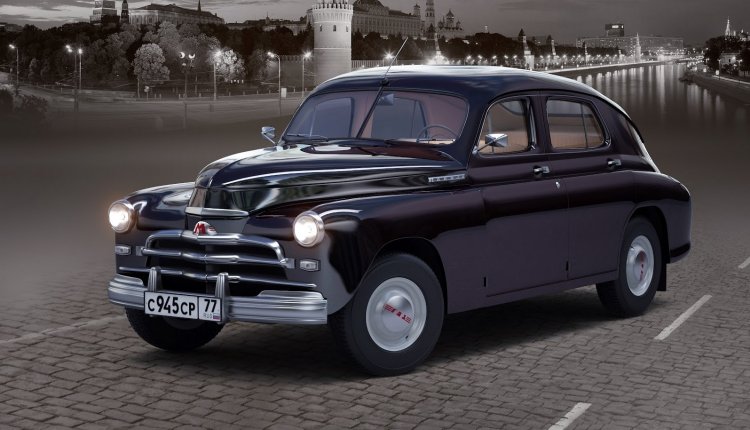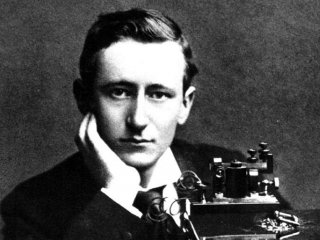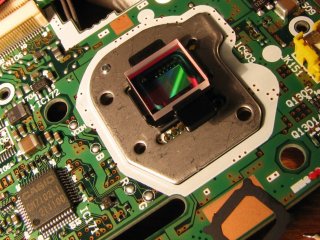
The Gorky Automobile Plant received the government’s commission for the development of a new motor car in December 1941, just a few days after the beginning of the counterattack near Moscow. The next morning after the capitulation of von Paulus’ army near Stalingrad, the chief engineer of the plant, Andrey Lipgart, informed at a conference of the People’s Committee of Machine Engineering about the progress of work at the future… no, not yet Pobeda but Rodina (Russian for Motherland). Later, Joseph Stalin disapproved of the name. “How much does Rodina cost?” he asked in his Jesuitic manner. And the car was renamed. The six-cylinder engine had to be changed for a four-cylinder one: after the war, the country was short of fuel. “The Pobeda (Russian for “victory”) is not a great one, but let it be Pobeda,” grumbled the leader and approved the production of the car. He was mistaken. The car, not completed during the war years, with deficit of everything, from the tires to the iron, launched prematurely with typical Socialist haste, the Pobeda was still great. The engineers avoided the temptation to exactly reproduce Western cars that flooded the USSR during the war. Soviet engineers, at wartime, made an intellectual leap beyond the horizon: in a very short term, they created a car that would become a trendsetter in the world for many years, would be copied by friendly countries and the bourgeois, would be exported not only to Socialist countries but also to imperialist ones. Moreover, it radically changed the idea about motor cars and their role in Russia. For the first time in a Soviet country, a motor car became really widespread. Before war and shortly after it, the car was not an ordinary transport: it was only provided to high-ranking people or for great achievement. It was Pobeda that fought for becoming a common means of transportation, and it won: it was no longer a priceless award but a merchandise bought for money. In the 1950’s, it was sold for 160 000 rubles. An engineer or a worker with a salary of 1000 had to put money aside for about five years. But in the end, they did buy it, and the photos of the family and friends standing beside an expensive car can still be found in family albums.























